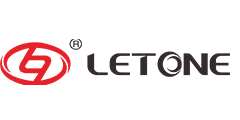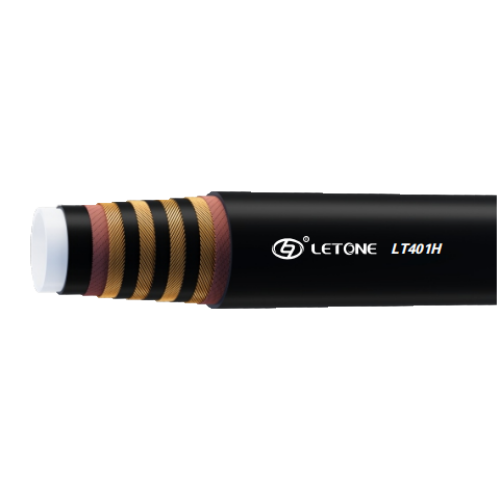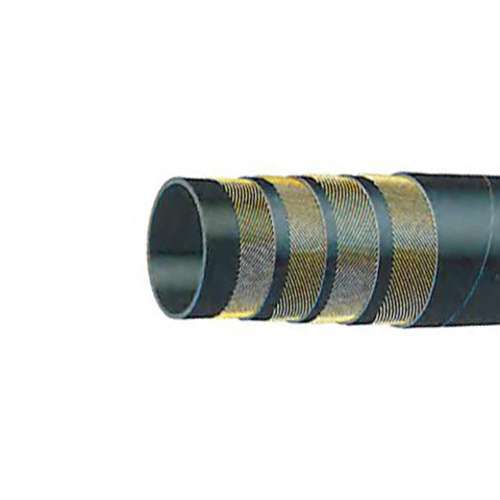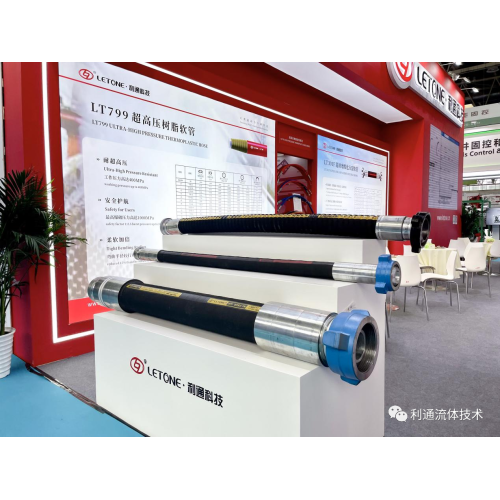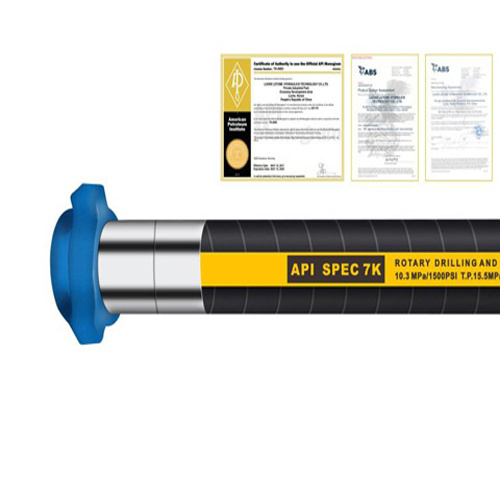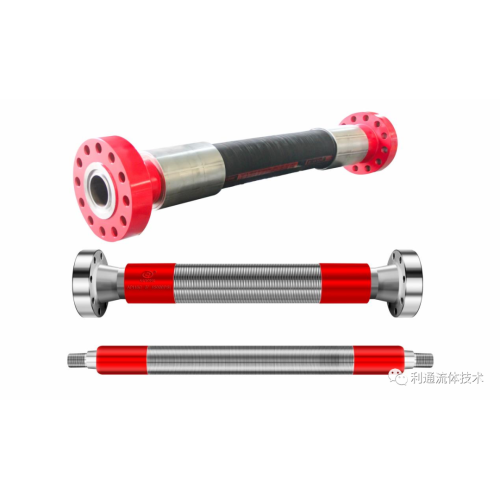1. Use
This agent is based on epoxy resin and phenolic resin as the main raw material, with fillers, thinners, etc., mainly used for metal and metal bonding, and the heat-resistant alloy (stainless steel, titanium, tantalum) as the sandwich material of the panel Blended with reinforced plastic with glass fiber as filler. Epoxy phenolic adhesives are very active, extremely easy to cure, and have a shelf life of only one month at room temperature.
2. Raw materials
(1) Phenolic resin: Polycondensation of phenols and aldehydes. The liquid and solid products typically derived from the action of phenol and formaldehyde. phenol
Aldehyde resin is acid, alkali and heat resistant. For the preparation of paints, adhesives, phenolic plastics and so on. Due to different varieties, compositions, properties, etc., phenolic resins can be divided into three categories: pure phenolic resin, modified phenolic resin and resorcinol formaldehyde resin. The agent is a pure phenolic resin. It is one of the main adhesives of this agent.
(2) Epoxy resin: A generic name for epoxy-containing resins. Mainly by epichlorohydrin and polyphenols (such as bisphenol A) from condensation. Soluble in acetone, cyclohexanone, ethylene glycol, toluene and styrene. Odorless and tasteless. Alkali-resistant and resistant to most solvents. Heat resistance, insulation, hardness and flexibility are all good. Due to different varieties, grades, composition, properties, and uses, epoxy resins can be divided into four types: pure epoxy resins, epoxy thermoplastic resins, epoxy thermosetting resins, and epoxy rubber adhesives. Pure epoxy resin is used in this agent. It is one of the main raw materials of this agent and is used as an adhesive.
(3) aluminum powder: commonly known as silver powder. With silver metal color, light texture, high buoyancy, strong hiding power, stability, good performance of reflected light and heat. For paint, ink and other industries. This agent is used as a filler. Use industrial products.
(4) Dicyandiamide: Also known as cyanoguanidine. Molecular formula C2H4N4. Soluble in water and ethanol, slightly soluble in ether. Used as fertilizer, nitrocellulose stabilizer, rubber vulcanization accelerator, etc. This agent is used as a binder modifier and curing agent. Use industrial products.
(5) Copper 8-hydroxyquinoline: pure yellow solid. Industrial products are yellow-green or brown solids. Insoluble in water and most solvents.
The nature is generally stable. However, it is easily decomposed and discolored at high temperatures. It is used as a fungicide in agriculture, and it can also be used as a fungicide for leather, vinyl plastics and the like. This agent is used as a preservative.
3. Formula (weight parts)
Phenolic Resin
100
Epoxy resin
50
Aluminum powder
149
Dicyandiamide
10
8-hydroxyquinoline copper
1.5
4. Preparation method
According to the above formula proportion, the raw materials are added to the reaction vessel with heating device and agitator, and the temperature is raised by heating. After the raw materials are melted, they are stirred vigorously to be uniformly mixed and cooled to room temperature.
5. How to use
The agent is generally used as a carrier glass cloth, impregnated with a liquid adhesive and then used as a ribbon. But there are also pastes made into single components. The paste contains a solvent, so it must be dried at room temperature or slightly warmed after being coated. The curing temperature is usually 163 to 177°C, and can also be cured at a relatively low temperature of about 77 to 93°C.
When the binder is cured, volatile substances are generated, so that a porous bond is formed and the pores of the adherend are filled. Therefore, it is particularly effective to bond the assembly with a large gap.
Source: 21st Century Fine Chemicals Network
